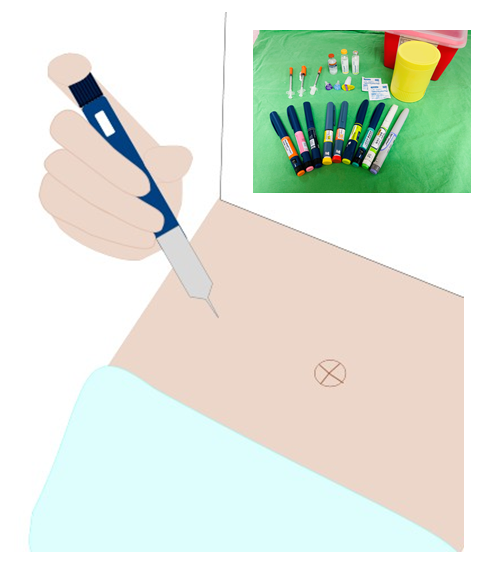
- Insulin is a hormone that regulates glucose metabolism in human blood. When insulin secretion in the body is insufficient or dysfunction occurs, it will lead to an increase in blood sugar in the body and the occurrence of diabetes.
- Insulin side effects include: lumps, bumps, depressions or local redness and swelling at the injection site and hypoglycemia.
- The storage method is: unopened and refrigerated at 2~8℃, and can be stored until the expiration date on the package; opened and stored at room temperature of 15~30℃, away from sunlight, the validity period is 28 days.
A.why needs insulin treatment?
Insulin is a hormone that controls the amount of glucose in your bloodstream at any moment.. When insulin secretion is insufficient or malfunction occurs, it will lead to diabetes. At this time, Insulin from synthetic genes technology can be injected to help stabilize the blood glucose ,and avoid the patients from endangering safety. Therefore, learning the correct insulin administration technique, choosing the appropriate injection site and the principle of rotation are very important.
B.what situations need insulin treatment?
- Type 1 diabetes mellitus (insulin dependent diabetes mellitus, IDDM)
- Type 2 diabetes or Type 2 diabetes mellitus (noninsulin-dependent diabetes mellitus, NIDDM). It is still difficult to control blood sugar with oral hypoglycemic drugs, or when suffering from illness, surgery, infection, liver and kidney dysfunction, etc.
- Newly diagnosed diabetes for control blood sugar and protect the function of the pancreas to secrete insulin.
- Hyperosmolar hyperglycemic syndrome, HHS or Diabetic ketoacidosis, DKA.
C.The types of insulin
- The types of Insulin Bottle
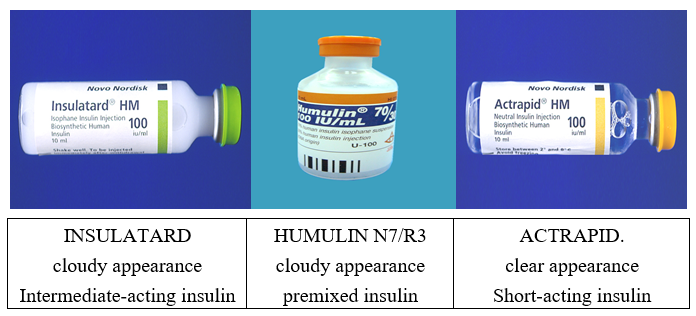
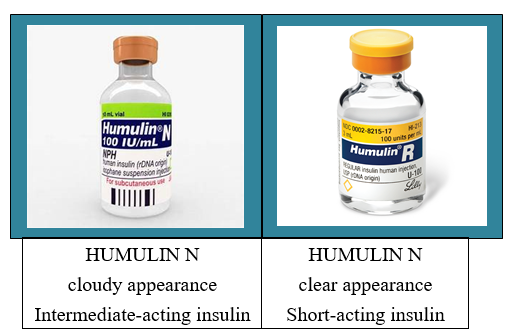
- The types of insulin pens
- Rapid-acting insulin
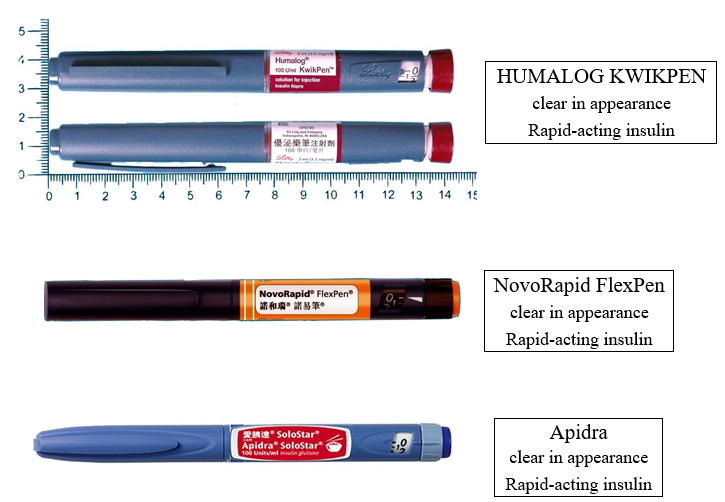
- Premixed insulin
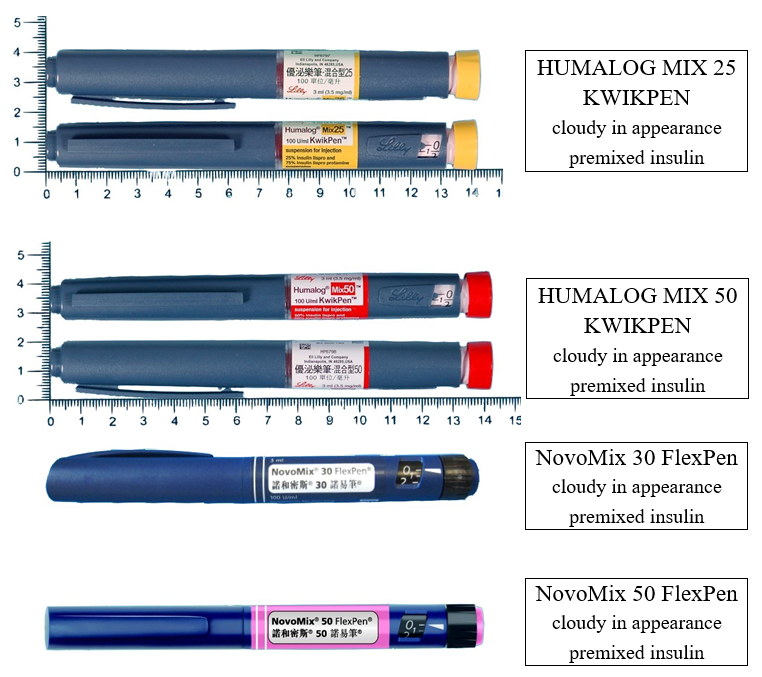
- Long-Acting Insulin
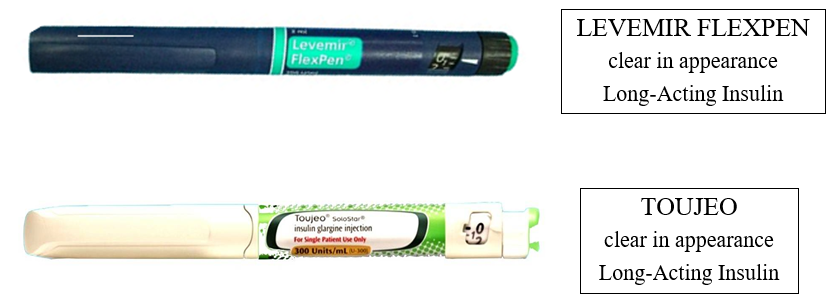

- Preparing supplies for insulin Injection
- insulin

- Insulin pen
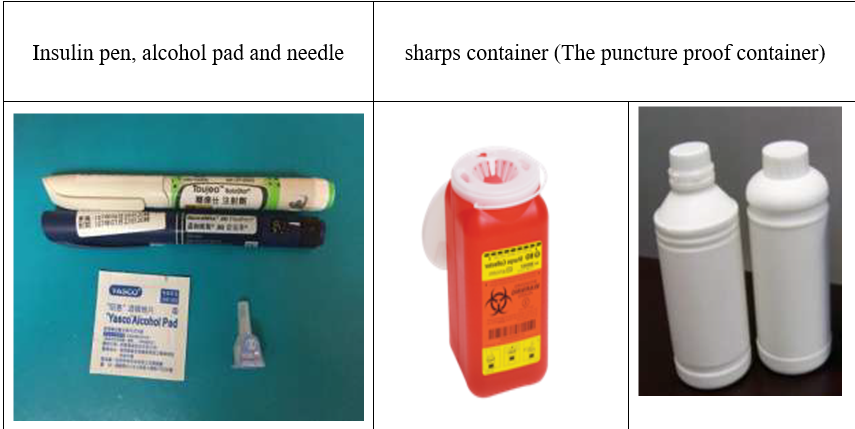
- insulin
- Rapid-acting insulin
- Wash your hands with soap and water, before handing insulin syringe.
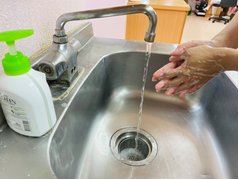
- Gently roll in between your palms till the suspension mixes.
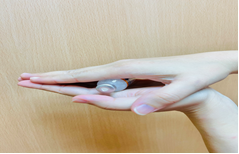
- Clean the top of the vial with a 75% alcohol pad.
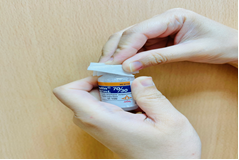
- Draw air into your syringe-an amount equal to the units of insulin you will be injecting. To do so, pull back the syringe’s plunger until its black stopper reaches your insulin dose amount on the syringe barrel.
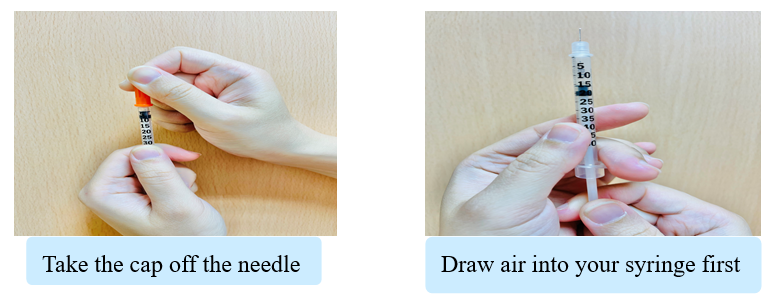
- Insert the syringe in to the vial, and press down in the plunger to inject the air into the vial. With the syringe still in to the bottle, turn the vial and syringe upside down. The tip of the needle should be fully covered by insulin. Make air bubbles less likely by slowly pulling down on the plunger. Draw insulin past your dose. Tap the syringe few times so any bubbles rise to the top. Without removing the syringe from the vial, slowly push the plunger until the edge of its black stopper reaches the number of units in your dose, as marked on the syringe. If you see any bubbles, push all that insulin back into the vial and repeat these steps until no bubbles are present.

- Identify an injection site. Use an 75% alcohol pad to clean with a circular motion and away from your chosen site.
- Pinch a fold of skin on the site. With your hand hold the syringe like a pencil close to site, at a 45-90 degree angle. Keep your fingers off the plunger( wait for 5 to10 seconds before withdrawing the needle from the skin). Then, press on your injection site for seconds Do not rub the injection site.

- Place the needle and syringe in a safe hard container. Close the container, and keep it safely away from children and animals. Please dispose the 80% full sharps container in hospital (Diabetes Education Unit or Outpatient Injection Unit ). Do not use a container that will allow the needle to break through, and do not recycle your syringe container.
- Wash your hands with soap and water.
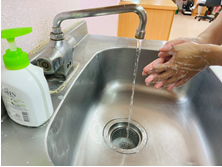
- Gently roll in between your palms or tip the pen up and down 10 times for 10 times.

- Notice there are crystals inside the insulin pen or not.
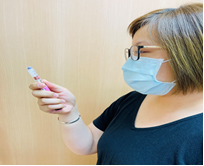
- Wipe the needle attachment area with a 75% alcohol pad.
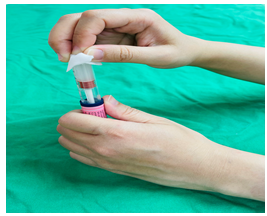
- Place a new needle onto the pen device.

- Clear Air from Needle:Looking at the dose window, turn the dosage knob to two units with the needle facing up .
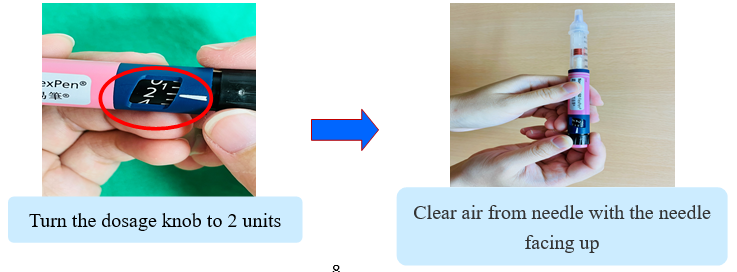
- Dial your medication dose.
- Use an 75% alcohol pad to clean with a circular motion and away from your chosen site.
- With your hand hold the syringe like a pencil close to site, at a 45-90 degree angle. Keep your fingers off the plunger( wait for 10 to15 seconds before withdrawing the needle from the skin). Then, press on your injection site for seconds. Do not rub the injection site.
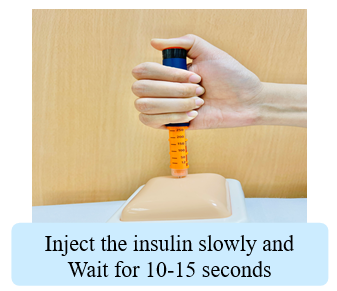
- Recap the used pen needle using the outer cap. Then, remove pen needle and dispose into the sharps container. Close the container, and keep it safely away from children and animals. Please dispose the 80% full sharps container in hospital (Diabetes Education Unit or Outpatient Injection Unit ). Do not use a container that will allow the needle to break through, and do not recycle your syringe container.

G.Notes
- Storage and Expiry of Insulins
- Keep unused insulin vial and pens of insulin in the refrigerator (between 2°C and 8°C);Keep insulin vial and pens that you're currently using at room temperature .(between 15°C and 30°C.)Keep your insulin away from heat and light. Whether or not refrigerated, open(used) vial or pen must be used within 28 days.
- Always carry your insulin and supplies with you in your carry-on luggage. Do not place insulin in your checked luggage.
- The most common side effect of insulin is low blood sugar, or hypoglycemia. Important tips to remember about injecting insulin and avoiding low blood sugar:
- If you take Short-acting or rapid-acting insulin before meals, inject the insulin when you sit down to eat.
- If you need to take blood on an empty stomach On the day of your appointment, you need to prepare insulin and breakfast together and bring them to the hospital.
- After the blood draw is completed, you can take insulin and breakfast. Do not take Insulin without eating before going to hospital.
- Do not massage or apply heat therapy to the injection site. Massage and heat increase tissue blood perfusion and, thereby, the absorption of subcutaneously applied insulin.
- Insulin should be injected (subcutaneously) into the fatty layer under your skin. If you inject it deeper into your muscle, your body will absorb it too quickly, it might not last as long and the injection is usually more painful. This can lead to low blood glucose levels.
- Must inject correct unit mark for your insulin dose as ordered and monitor your blood glucose level at home.
- Rotating Injection Sites
- Selecting the injection site (brown area)
- Abdomen:When injecting into the abdomen, you should avoid the belly button because the belly button is tougher and makes insulin absorption less consistent. Instead, inject insulin at least one finger length (or 1 cm) away from the belly button.
- On the upper arms:Using the fleshy area on the side and back of the arms. Avoid the muscle in the shoulder. Stay three to four finger-widths away from the elbow.
- On the thighs:Using the top and outer areas only. Do not use the inner side or back of the thigh. Stay about three to four finger-widths away from the knee and groin.
- Upper Buttocks:Inject the outer top of the buttocks, where a pant belt would sit.
- Rotating insulin injection sites
- Injection site rotation is the systematic switching of insulin injections from one site to another. The best way to control blood sugar is to aim to use the same site at the same time of day daily and to rotate within that site. Inject at least one finger-width away from your previous injection site to avoid developing lipo (fatty lumps) at your injection sites

- Avoid injecting into existing lipos, scars, beauty marks or any other skin abnormality, because it can change the way your diabetes medication is absorbed.
- Lumps, bumps or local redness and swelling that may appear at injection sites. If there is any situation, you need to respond to the doctor or nurse.
- In pregnant women, the abdomen becomes larger and tighter. Insulin usually is given in the upper arm, thigh or upper buttock.
- Injection site rotation is the systematic switching of insulin injections from one site to another. The best way to control blood sugar is to aim to use the same site at the same time of day daily and to rotate within that site. Inject at least one finger-width away from your previous injection site to avoid developing lipo (fatty lumps) at your injection sites
- Selecting the injection site (brown area)
- After the insulin injection, you can record your injection time, dose, whether there is bleeding or medicine at the injection site, pain, etc.
- Tips to help avoid or minimise pain when injecting, include:
- Use insulin and a needle which is at room temperature.
- Before injection, check whether there is air in the empty needle.
- Let alcohol cleaning dry before injection.
- Push the needle in quickly when injecting.
- Try not to wiggle the needle as you're injecting or withdrawing the needle.
- Always use a new needle.
- Use a needle that is the right length.
- Relax to avoid tensing.
- If you have any questions about insulin injection, please connect your doctor or nurse.
H.Conclusion
The treatment of diabetes consists mostly of diet control, regular exercise, blood glucose monitoring and medicine. The insulin plays an important role in medicine treatment. By the graphics, patients and caregivers can give an insulin shot properly after being discharged from hospital. Learning the correct insulin injection skills and related knowledge is very important for blood sugar control. Therefore, hope this Health Education Leaflet can help you to perform insulin injections correctly.
I.Reference
- 王惠芳(2021)‧胰島素注射技術面面觀‧中華民 國糖尿病衛教學會會訊,17(1),31-35。https://www.airitilibrary.com/Publication/alDetail edMesh?DocID=P20141022001-202103-202104060009-202104060009-31-35
- 詹紹華、 蔡明燕、 邱智鈴、 王靜枝、 林為森 (2020) ‧多媒體輔助教學於糖尿病病人初次胰 島素治療臨床效益之探討‧若瑟醫護雜誌, 14(1),6-19。
- Ortiz La Banca, R., Rebustini, F., Alvarenga, W. A., de Carvalho, E. C., Lopes, M., Milaszewski, K., & Nascimento, L. C. (2022). Checklists for assessing skills of children with type 1 diabetes on insulin injection technique. Journal of Diabetes Science and Technology, 16(3), 742–750. https://doi.org/10.1177/1932296820984771
- 位置
-
- 資料夾名稱
- English
- 上傳者
- 楊佩樺
- 單位
- 中榮護理衛教
- 英文名稱
- Insulin Injection
- 分類
- 治療
- 科別
- 英語
- 癌症照護
- 否
- 建立
- 2024-01-24 20:29:55
- 制訂日期
- 2021-10-29
- 最近修訂
- 2024-03-21 14:05:00